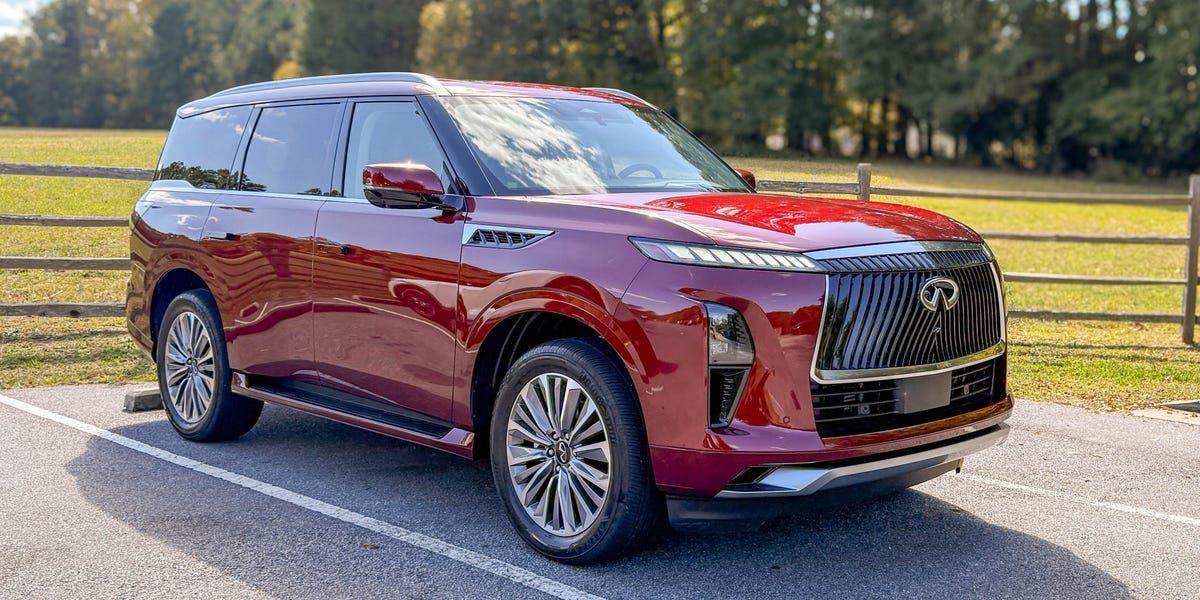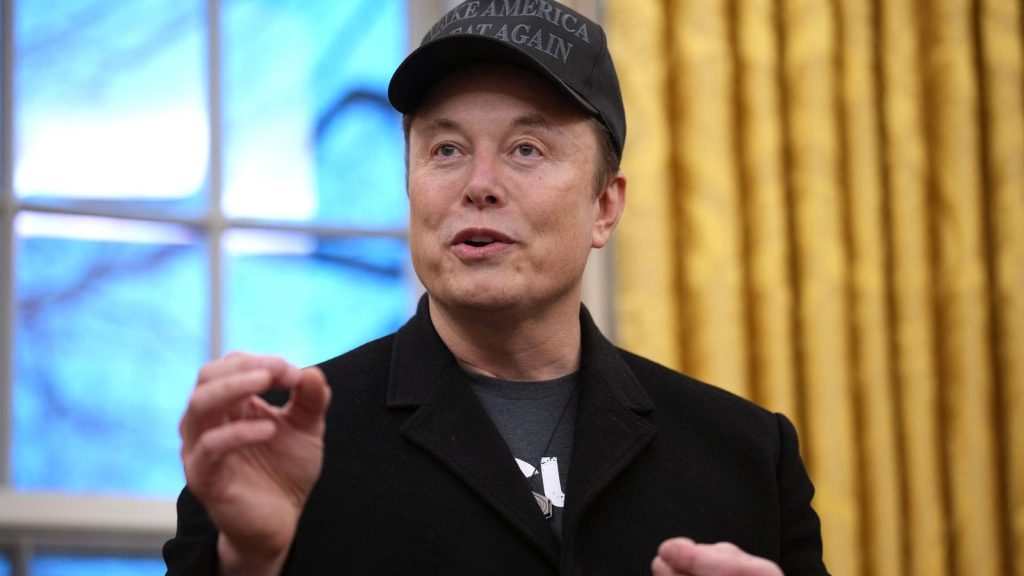SUVs are becoming increasingly larger, yet their V8 and V6 engines are gradually being supplanted by smaller motors. These smaller turbocharged engines offer improved fuel efficiency and enhanced mid-range torque. However, there’s a catch: turbocharged engines may lack the refinement of their larger counterparts and could potentially face reliability issues over time.
In my experience over the past year, I’ve driven over two dozen SUVs, and one thing became strikingly clear: their engines are significantly smaller than what they once were. The current trend of engine downsizing began about a decade ago when Ford introduced its “EcoBoost” V6 engines, which started replacing V8s in popular models like the F-Series pickups and Expedition SUVs. This movement has since rippled through the automotive sector, fueled by the rise of hybrid technology, more sophisticated turbocharged powertrains, and tightening fuel economy regulations.
As the engine sizes continue to shrink, the vehicles themselves are growing larger and heavier. Vehicles that were considered giants in the early 2000s, such as the Hummer H1 and Ford Excursion, were once anomalies, towering above other cars on the road. Today, SUVs of that size have become the norm.
“I think it’s kind of the inevitable reality of being a carmaker right now,” remarked Edmunds consumer insights analyst Joseph Yoon during a conversation with Business Insider.
How and Why Engines Are Downsized
Engine downsizing can manifest in various ways, depending on the vehicle type. Generally, it entails swapping out a larger naturally aspirated engine for a smaller powerplant that uses forced induction methods, like exhaust-driven turbochargers or belt-driven superchargers, to boost both air intake and power output.
One notable example is the three-cylinder 2025 Nissan Rogue Rock Creek.
Traditionally, turbochargers were reserved for sports cars and vehicles aimed at enthusiasts. Now, we’re witnessing the first generation of family vehicles widely adopting turbocharging technology, which allows them to regularly and reliably travel from point A to point B.
“We’re kind of in semi-uncharted territory in terms of what turbocharging will achieve,” said Yoon, the Edmunds automotive analyst. “All auto enthusiasts know that adding power usually comes at a cost, whether that’s in terms of refinement or reliability — something has to give.”
Despite these insights, both Shenhar and Yoon agree that there isn’t sufficient data available to draw definitive conclusions at this point. According to Shenhar, the long-term reliability of these engines will depend heavily on the individual automaker rather than the engine design itself, as indicated by Consumer Reports data.



